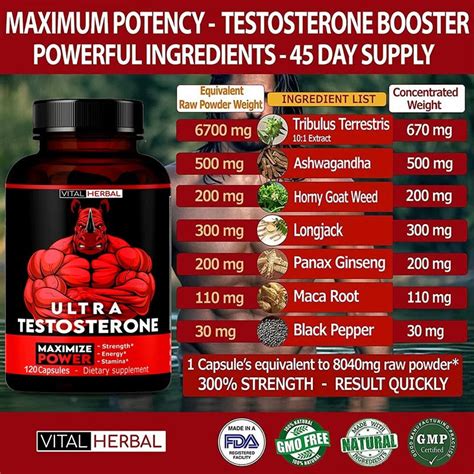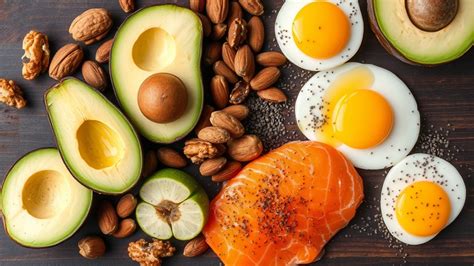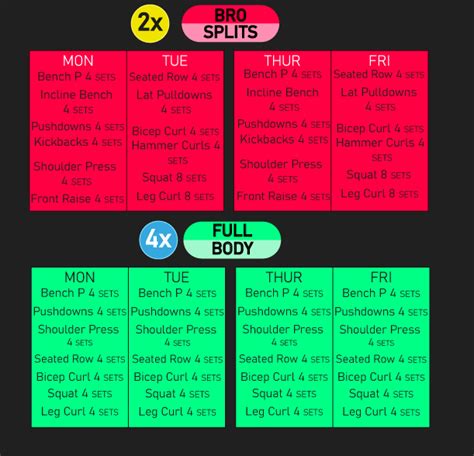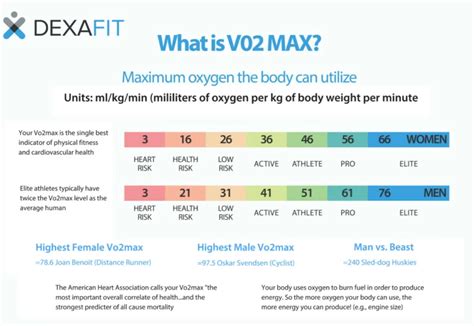What’s the most time-efficient workout split for max strength & muscle gains?

The Quest for the Optimal Workout Split
In the world of fitness, time is often as precious as the gains themselves. Many aspire to build maximum strength and muscle but are constrained by demanding schedules. The perennial question then arises: what’s the most time-efficient workout split that still delivers unparalleled results? While there’s no single ‘one-size-fits-all’ answer, certain splits stand out for their ability to balance training frequency, volume, and recovery, all while respecting your valuable time.
Understanding Training Frequency and Volume
Before diving into specific splits, it’s crucial to understand two key principles: training frequency and volume. For optimal strength and muscle growth (hypertrophy), most muscle groups benefit from being trained 2-3 times per week. This allows for sufficient stimulus for adaptation without excessive fatigue. Volume refers to the total amount of work performed (sets x reps x weight). An effective split will allow you to hit adequate volume across your muscle groups within your time constraints.

Full Body Workouts: The Time-Efficient Powerhouse
For those truly pressed for time but unwilling to compromise on results, the full body workout split often reigns supreme. In this setup, you train all major muscle groups in each session, typically 2-3 times per week. This approach ensures high training frequency for every muscle, which is a significant driver of both strength and hypertrophy. While individual sessions might be longer (60-90 minutes), the total number of gym days per week is lower, making it incredibly efficient from a weekly time commitment perspective.
Pros: High frequency, excellent for strength and beginners, efficient per muscle group, fewer gym days per week.
Cons: Individual sessions can be demanding; requires careful volume management to avoid overtraining within a single session.
Upper/Lower Split: A Balanced Approach
Another highly effective and time-efficient option is the Upper/Lower split. This typically involves training your upper body on two separate days and your lower body on two separate days, totaling four workouts per week. This split still allows for each major muscle group to be trained twice per week, hitting that sweet spot for growth and strength. It offers a good balance between frequency and recovery, allowing for more dedicated volume per session than a full body workout while maintaining high weekly frequency per muscle group.

Pros: Good balance of frequency and recovery, allows for more volume per session, highly adaptable to different training styles.
Cons: Requires 4 days in the gym, which might be too many for some.
Push/Pull/Legs (PPL): The Hypertrophy Favorite
The Push/Pull/Legs (PPL) split is incredibly popular, especially for hypertrophy. It groups exercises based on their movement patterns: push (chest, shoulders, triceps), pull (back, biceps), and legs. When performed 3 times a week (e.g., Push, Pull, Legs, Rest, Push, Pull, Legs), each muscle group is trained once every 7 days, which is less optimal for maximum frequency. However, many lifters opt for a 6-day PPL split (Push, Pull, Legs, Push, Pull, Legs, Rest), hitting each group twice a week. While effective for gains, the 6-day PPL is demanding and not the most ‘time-efficient’ from a total gym-time perspective.
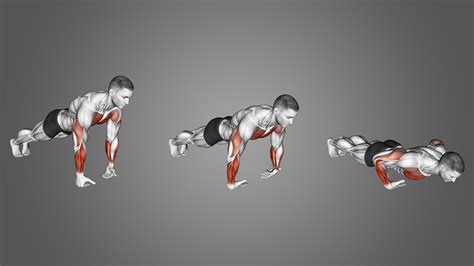
Pros: Logical grouping, allows for high volume per session, excellent for hypertrophy when performed twice a week.
Cons: 3-day version has lower frequency; 6-day version is very time-consuming weekly.
The Least Time-Efficient: Bro Splits (Body Part Splits)
Often referred to as ‘Bro Splits,’ these involve training one or two muscle groups per day, typically once a week (e.g., Chest Day, Back Day, Leg Day). While popular in bodybuilding circles, this approach generally falls short for natural lifters aiming for maximum strength and muscle gains with time efficiency. The low training frequency (once a week per muscle group) is less optimal for consistent stimulation and adaptation compared to splits that allow for higher frequencies.

The Verdict: Optimizing Time and Gains
For maximizing strength and muscle gains with high time-efficiency, the Full Body workout (2-3 times/week) and the Upper/Lower split (4 times/week) are generally superior. Full Body workouts are often the most time-efficient in terms of total weekly gym hours, while still providing excellent frequency for growth. The Upper/Lower split offers a fantastic balance if you have four days a week to dedicate to training, allowing for more focused volume per session.
Regardless of the split you choose, remember that consistency, progressive overload (gradually increasing the weight, reps, or sets), proper nutrition, and adequate recovery are paramount for long-term success. The ‘best’ split is ultimately the one you can stick to consistently while progressively challenging your body.

Customizing Your Approach
Consider your personal schedule, recovery capacity, and specific goals. If you can only train 2-3 days a week, a Full Body split is your best bet. If you have 4 days, an Upper/Lower split can offer slightly more dedicated volume. The key is to find a split that fits seamlessly into your life, ensuring you can consistently apply progressive overload and reap the rewards of your hard work.
